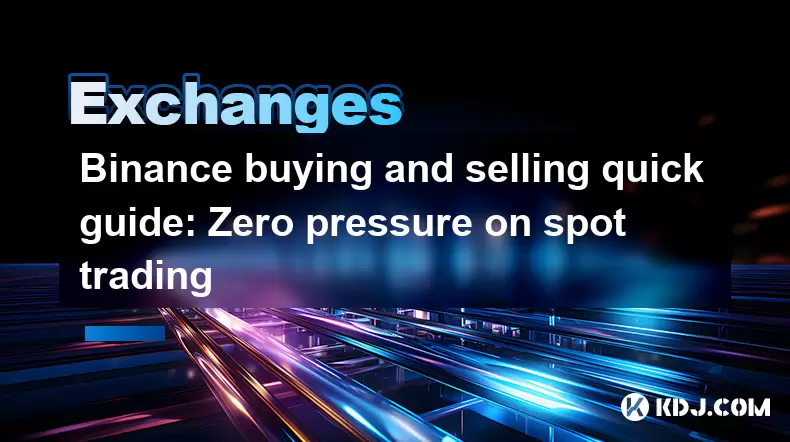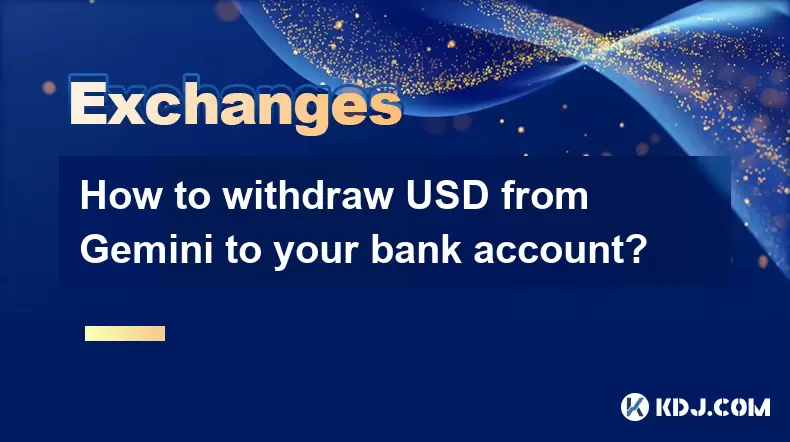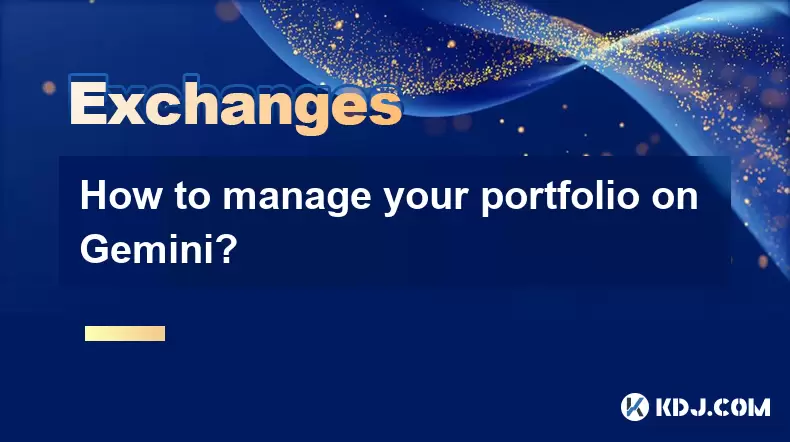-
 Bitcoin
Bitcoin $115000
0.12% -
 Ethereum
Ethereum $3701
4.50% -
 XRP
XRP $3.081
2.99% -
 Tether USDt
Tether USDt $0.0000
-0.01% -
 BNB
BNB $767.9
1.45% -
 Solana
Solana $169.5
3.13% -
 USDC
USDC $0.9999
0.01% -
 Dogecoin
Dogecoin $0.2106
4.30% -
 TRON
TRON $0.3334
1.62% -
 Cardano
Cardano $0.7564
2.54% -
 Stellar
Stellar $0.4165
0.76% -
 Hyperliquid
Hyperliquid $38.75
0.25% -
 Sui
Sui $3.593
3.00% -
 Chainlink
Chainlink $17.08
3.59% -
 Bitcoin Cash
Bitcoin Cash $573.6
4.35% -
 Hedera
Hedera $0.2508
-0.84% -
 Avalanche
Avalanche $23.07
6.46% -
 Ethena USDe
Ethena USDe $1.001
-0.02% -
 Litecoin
Litecoin $120.8
8.17% -
 UNUS SED LEO
UNUS SED LEO $8.943
-0.32% -
 Toncoin
Toncoin $3.400
-5.60% -
 Shiba Inu
Shiba Inu $0.00001255
1.54% -
 Uniswap
Uniswap $9.908
6.32% -
 Polkadot
Polkadot $3.718
2.10% -
 Monero
Monero $303.0
-0.74% -
 Dai
Dai $0.9999
-0.02% -
 Bitget Token
Bitget Token $4.392
0.91% -
 Cronos
Cronos $0.1403
6.31% -
 Pepe
Pepe $0.00001076
1.13% -
 Aave
Aave $267.2
1.80%
Binance buying and selling quick guide: Zero pressure on spot trading
Spot trading on Binance involves buying and selling cryptocurrencies at current market prices, suitable for all levels of traders. Set up an account, deposit funds, and start trading easily.
Jun 15, 2025 at 06:42 am

Introduction to Spot Trading on Binance
Spot trading on Binance refers to the process of buying and selling cryptocurrencies at the current market price. It is one of the most straightforward ways to trade digital assets and is suitable for both beginners and experienced traders. In this guide, we will walk you through the essential steps to buy and sell cryptocurrencies on Binance with zero pressure, ensuring a smooth and stress-free trading experience.
Setting Up Your Binance Account
Before you can start trading, you need to set up your Binance account. Here's how you can do it:
- Visit the Binance website and click on the "Register" button.
- Enter your email address and create a strong password. Make sure to use a combination of letters, numbers, and special characters to enhance security.
- Complete the verification process. Binance requires users to verify their identity to comply with regulatory standards. You will need to provide personal information and upload identification documents such as a passport or driver's license.
- Enable two-factor authentication (2FA). This adds an extra layer of security to your account. You can use apps like Google Authenticator or Authy to set up 2FA.
Depositing Funds into Your Binance Account
Once your account is set up, you need to deposit funds to start trading. Binance supports various deposit methods, including bank transfers, credit/debit cards, and cryptocurrencies.
- Navigate to the "Deposit" section on the Binance website.
- Choose your preferred deposit method. If you're depositing cryptocurrencies, select the coin you wish to deposit and follow the provided wallet address to send your funds.
- If using fiat currency, select your preferred payment method and follow the instructions. You may need to complete additional verification steps depending on the amount you're depositing.
Navigating the Binance Trading Interface
Binance's trading interface can seem overwhelming at first, but it's designed to be user-friendly. Here's a quick overview of the key sections:
- Order Book: This displays the current buy and sell orders for the selected trading pair.
- Trading Chart: The chart shows the price movement of the trading pair over time. You can customize the chart to display different time frames and indicators.
- Trading Pair Selector: Use this to choose the cryptocurrency pair you want to trade.
- Buy/Sell Orders: This is where you enter your buy and sell orders.
Placing a Buy Order
To buy a cryptocurrency on Binance, follow these steps:
- Select the trading pair you want to buy. For example, if you want to buy Bitcoin with USDT, select the BTC/USDT pair.
- Choose the order type. Binance offers several order types, including Market, Limit, and Stop-Limit orders. For beginners, a Market Order is the simplest and most straightforward option, as it buys the cryptocurrency at the current market price.
- Enter the amount you want to buy. You can enter the amount in either the base currency (e.g., USDT) or the quote currency (e.g., BTC).
- Review and confirm your order. Double-check the details and click "Buy BTC" to execute the order.
Placing a Sell Order
Selling a cryptocurrency follows a similar process:
- Select the trading pair you want to sell. For example, if you want to sell Bitcoin for USDT, select the BTC/USDT pair.
- Choose the order type. Again, a Market Order is the simplest option for beginners, as it sells the cryptocurrency at the current market price.
- Enter the amount you want to sell. You can enter the amount in either the base currency (e.g., BTC) or the quote currency (e.g., USDT).
- Review and confirm your order. Double-check the details and click "Sell BTC" to execute the order.
Managing Your Portfolio
After buying and selling cryptocurrencies, it's important to manage your portfolio effectively. Here's how you can do it on Binance:
- Navigate to the "Wallet" section to view your assets. You can see the balance of each cryptocurrency you own.
- Use the "Convert" feature to exchange one cryptocurrency for another without incurring trading fees.
- Set up price alerts to stay informed about significant price movements. This can help you make timely trading decisions.
Withdrawing Funds from Binance
When you're ready to withdraw your funds, follow these steps:
- Navigate to the "Withdraw" section on the Binance website.
- Select the cryptocurrency you want to withdraw.
- Enter the withdrawal address and the amount you want to withdraw. Make sure to use the correct wallet address to avoid losing your funds.
- Review and confirm the withdrawal. Binance may require additional verification for large withdrawals, so be prepared to provide the necessary information.
Frequently Asked Questions
Q1: Can I trade on Binance without completing the verification process?
A1: No, you must complete the verification process to comply with Binance's regulatory requirements. This ensures the security of your account and helps prevent fraudulent activities.
Q2: What are the fees for spot trading on Binance?
A2: Binance charges a 0.1% trading fee for spot trading. However, you can reduce this fee by using BNB (Binance Coin) to pay for your transactions or by increasing your trading volume to qualify for lower fees through the VIP program.
Q3: How can I improve my trading skills on Binance?
A3: Binance offers various resources to help you improve your trading skills, including a Binance Academy with educational content, demo trading to practice without risking real funds, and trading bots that can automate your trading strategies.
Q4: What should I do if I encounter technical issues while trading on Binance?
A4: If you encounter technical issues, you can visit the Binance Support Center for troubleshooting guides and FAQs. You can also reach out to Binance customer support through their live chat or email for personalized assistance.
Disclaimer:info@kdj.com
The information provided is not trading advice. kdj.com does not assume any responsibility for any investments made based on the information provided in this article. Cryptocurrencies are highly volatile and it is highly recommended that you invest with caution after thorough research!
If you believe that the content used on this website infringes your copyright, please contact us immediately (info@kdj.com) and we will delete it promptly.
- Velo Universe, DEX, and DeFi Security: Navigating the Future of Decentralized Trading
- 2025-08-05 09:25:13
- Bitget Wallet Revolutionizes Solana with Gas-Free Transactions: A New Era for DeFi
- 2025-08-05 09:25:13
- Ozak AI, Crypto Boom, and ROI Potential: Is This the Next Big Thing?
- 2025-08-05 09:25:24
- Solana's ETF Hopes & the All-Time High Chase: Is SOL Set to Soar?
- 2025-08-05 09:25:24
- Coinbase's Brian Armstrong and the Art of Focused Work: A Deep Dive
- 2025-08-05 09:25:30
- Uniswap Price Prediction: Bullish Reversal on the Horizon?
- 2025-08-05 09:25:30
Related knowledge

How to set and manage alerts on the Gemini app?
Aug 03,2025 at 11:00am
Understanding the Gemini App Alert SystemThe Gemini app offers users a powerful way to stay informed about their cryptocurrency holdings, price moveme...

How to use the Gemini mobile app to trade on the go?
Aug 04,2025 at 09:14am
Setting Up the Gemini Mobile AppTo begin trading on the go using the Gemini mobile app, the first step is installing the application on your smartphon...

What to do if you forgot your Gemini password?
Aug 04,2025 at 03:42am
Understanding the Role of Passwords in Gemini AccountsWhen using Gemini, a regulated cryptocurrency exchange platform, your password serves as one of ...

What are the websocket feeds available from the Gemini API?
Aug 03,2025 at 07:43pm
Overview of Gemini WebSocket FeedsThe Gemini API provides real-time market data through its WebSocket feeds, enabling developers and traders to receiv...

How to withdraw USD from Gemini to your bank account?
Aug 04,2025 at 11:01am
Understanding Gemini and USD WithdrawalsGemini is a regulated cryptocurrency exchange platform that allows users to buy, sell, trade, and store digita...

How to manage your portfolio on Gemini?
Aug 03,2025 at 10:36am
Accessing Your Gemini Portfolio DashboardTo begin managing your portfolio on Gemini, you must first log in to your account through the official websit...

How to set and manage alerts on the Gemini app?
Aug 03,2025 at 11:00am
Understanding the Gemini App Alert SystemThe Gemini app offers users a powerful way to stay informed about their cryptocurrency holdings, price moveme...

How to use the Gemini mobile app to trade on the go?
Aug 04,2025 at 09:14am
Setting Up the Gemini Mobile AppTo begin trading on the go using the Gemini mobile app, the first step is installing the application on your smartphon...

What to do if you forgot your Gemini password?
Aug 04,2025 at 03:42am
Understanding the Role of Passwords in Gemini AccountsWhen using Gemini, a regulated cryptocurrency exchange platform, your password serves as one of ...

What are the websocket feeds available from the Gemini API?
Aug 03,2025 at 07:43pm
Overview of Gemini WebSocket FeedsThe Gemini API provides real-time market data through its WebSocket feeds, enabling developers and traders to receiv...

How to withdraw USD from Gemini to your bank account?
Aug 04,2025 at 11:01am
Understanding Gemini and USD WithdrawalsGemini is a regulated cryptocurrency exchange platform that allows users to buy, sell, trade, and store digita...

How to manage your portfolio on Gemini?
Aug 03,2025 at 10:36am
Accessing Your Gemini Portfolio DashboardTo begin managing your portfolio on Gemini, you must first log in to your account through the official websit...
See all articles

























































































